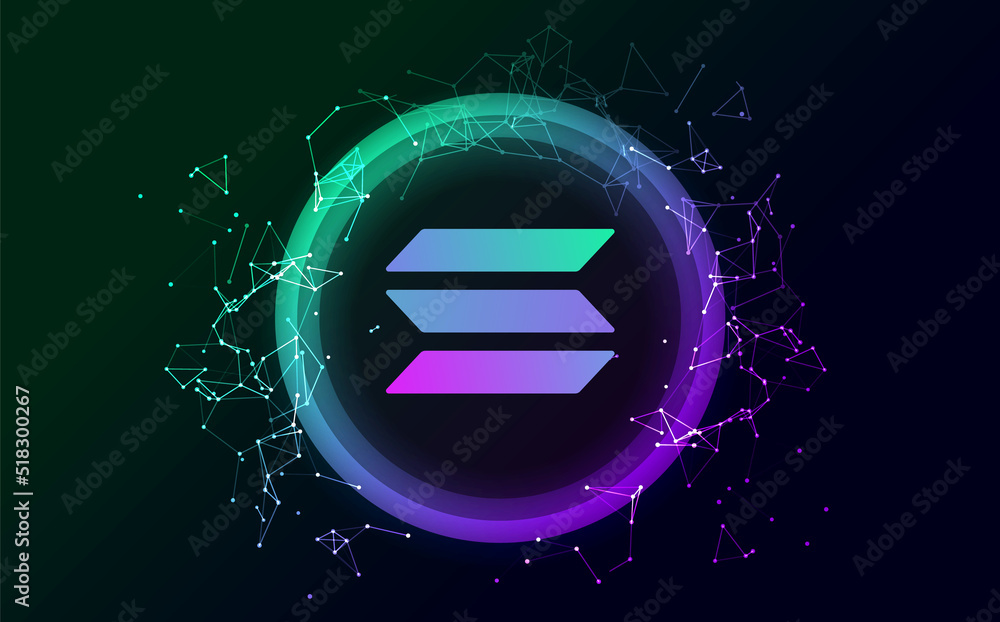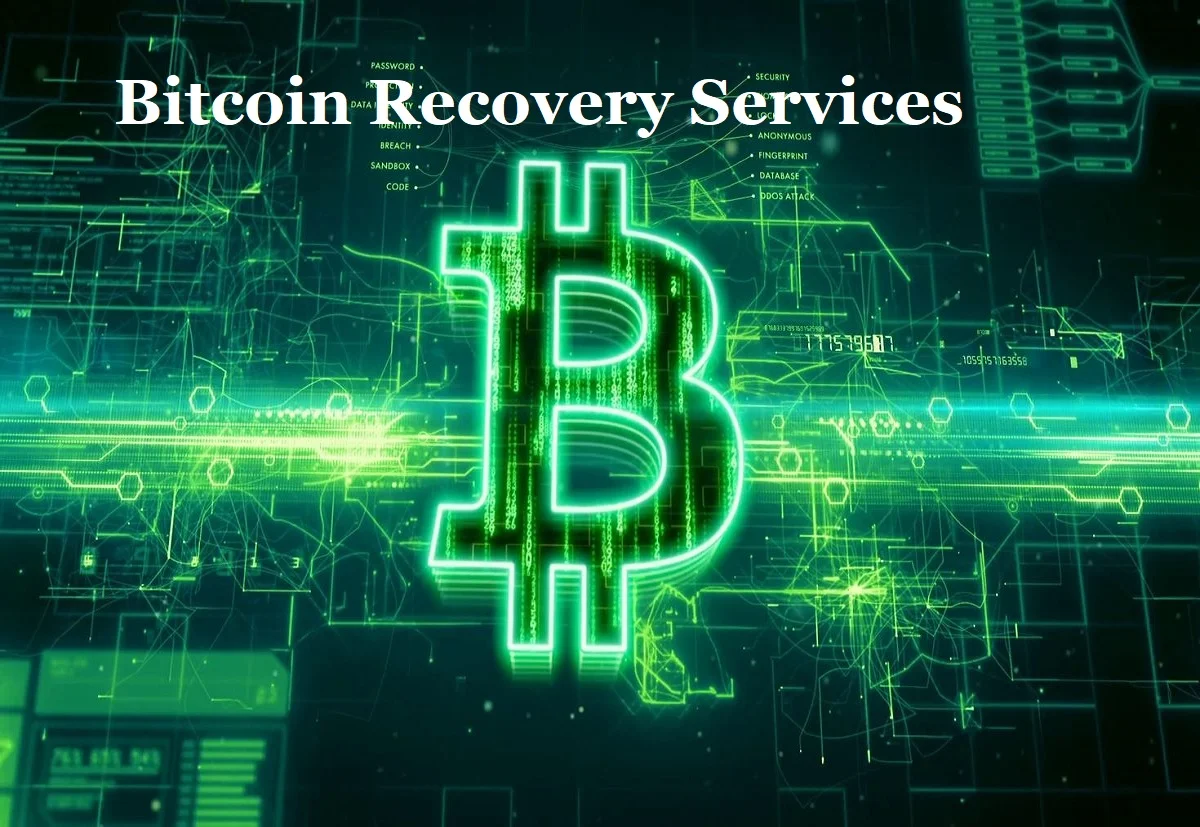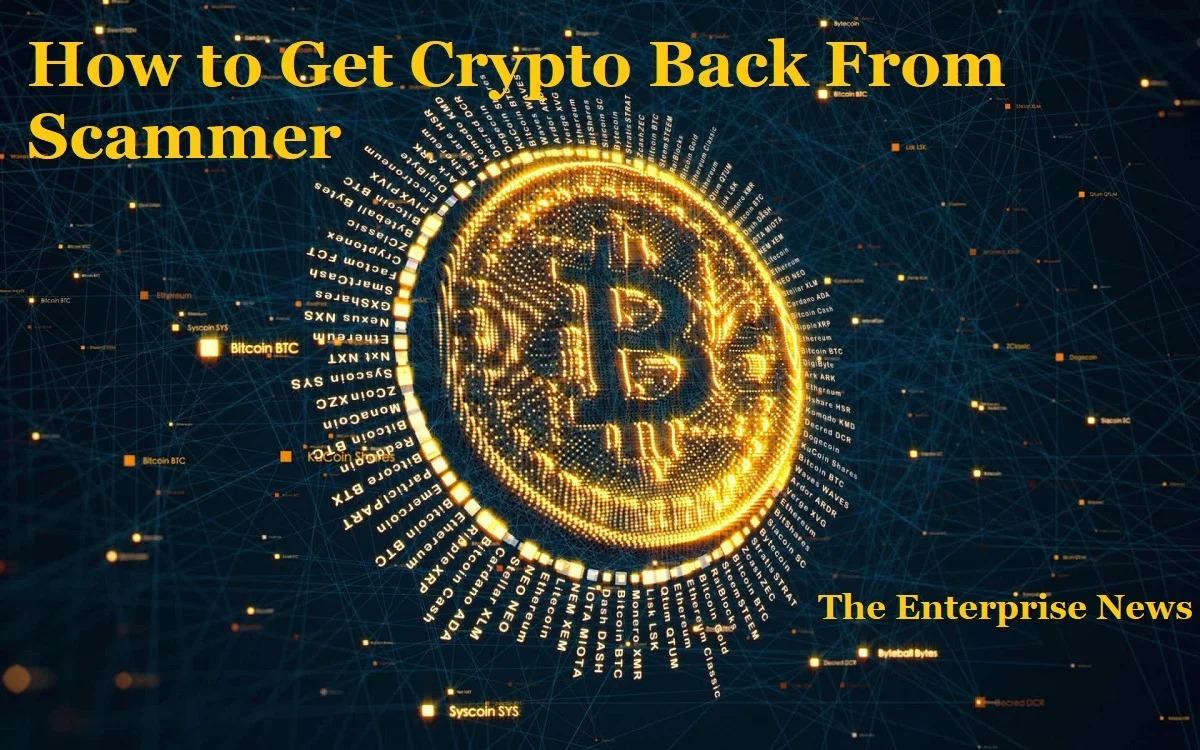Introduction
Cryptocurrencies have become a prominent player in the financial landscape, with each offering unique features and advantages. One such cryptocurrency that has gained significant attention is Solana (SOL). In this article, we will delve into the intricacies of Solana, exploring its background, technological underpinnings, ecosystem, tokenomics, and its impact on the crypto market.
Background of Solana
Solana, founded in 2020 by Anatoly Yakovenko, is a blockchain platform designed for decentralized applications (DApps) and crypto projects. Yakovenko, a former engineer at Qualcomm, aimed to address the scalability and speed issues that afflict many blockchain networks. With a talented team and a vision for high-performance blockchain, Solana quickly gained traction in the crypto community.
The key innovation that sets Solana apart is its unique consensus mechanism, combining Proof-of-History (PoH) with Proof-of-Stake (PoS). PoH orders transactions before they enter the blockchain, reducing the time required for consensus. This, coupled with PoS, enhances security and decentralization.
How SOL Crypto Works
Consensus Mechanism
Proof-of-History (PoH) is a novel concept where transactions are timestamped before being included in a block. This chronological order eliminates the need for nodes to reach consensus on the order of transactions, significantly improving the overall efficiency of the network. PoS is then employed to validate these transactions, with validators staking SOL tokens to participate in the process.
Architecture
Solana’s architecture is structured around nodes and validators. Nodes are responsible for validating transactions and maintaining the network, while validators are nodes that participate in the consensus process by producing and confirming blocks. The network utilizes clustering and sharding to enhance scalability, allowing multiple transactions to occur simultaneously.
Transaction Speed and Scalability
One of Solana’s standout features is its remarkable transaction speed and scalability. While traditional blockchains face bottlenecks as they grow, Solana’s sharding approach enables it to handle a larger number of transactions concurrently. This is a significant advantage, especially when compared to well-established blockchains like Ethereum, which has struggled with scalability issues.
Solana Ecosystem
Smart Contracts
Solana’s smart contract platform has become a hub for decentralized applications. Developers appreciate the platform’s efficiency in executing smart contracts, enabling the creation of complex applications with minimal latency. This has led to a growing ecosystem of DApps covering a wide range of industries, from decentralized finance (DeFi) to gaming and NFTs.
DeFi on Solana
Decentralized finance has found a welcoming home on the Solana blockchain. With lower transaction fees and faster confirmation times, Solana provides an ideal environment for various DeFi projects. The ecosystem boasts decentralized exchanges, lending platforms, and yield farming protocols, attracting users and developers alike.
SOL Token
Utility and Purpose
The SOL token serves multiple purposes within the Solana ecosystem. It is used for transaction fees, staking, and participating in governance decisions. The utility of SOL extends beyond the network, as it plays a vital role in incentivizing validators and securing the blockchain.
Tokenomics
Solana’s tokenomics involve an initial distribution of SOL tokens and a mechanism for incentivizing participation. The distribution of tokens was done through a combination of private and public sales, ensuring a broad and diverse ownership base. Staking SOL tokens provides additional rewards, encouraging token holders to actively participate in securing the network.
Security and Challenges
Security Features of Solana
Solana places a strong emphasis on security. Its unique combination of PoH and PoS contributes to a robust and secure blockchain. The platform has undergone rigorous testing and audits to identify and address potential vulnerabilities, ensuring the safety of user funds and the integrity of the network.
Challenges and Resolutions
Like any blockchain project, Solana has faced its share of challenges. In the early days, the network experienced intermittent periods of instability, raising concerns about its reliability. However, the development team has been quick to address these issues, implementing upgrades and improvements to enhance the overall stability and performance of the network.
Ongoing Concerns and Future Outlook
While Solana has made significant strides, ongoing concerns include the need to maintain decentralization as the network grows and the potential for increased centralization of validators. The future outlook for Solana hinges on its ability to address these concerns, continue innovating, and adapt to the evolving landscape of the crypto industry.
Adoption and Partnerships
Solana has secured partnerships with notable projects and platforms, further solidifying its position in the crypto space. These partnerships extend across various industries, including finance, gaming, and NFTs. The adoption of Solana by major projects underscores its versatility and capability to cater to diverse use cases.
Conclusion
In conclusion, Solana has emerged as a formidable player in the cryptocurrency space, offering speed, scalability, and a robust infrastructure for decentralized applications. With a unique consensus mechanism, a growing ecosystem, and strategic partnerships, Solana is well-positioned for continued success. As the crypto industry evolves, Solana’s ability to address challenges and embrace innovation will be key to its sustained growth and impact on the broader financial landscape.




